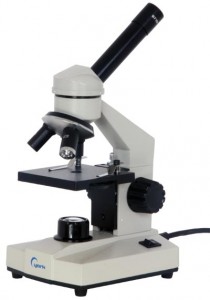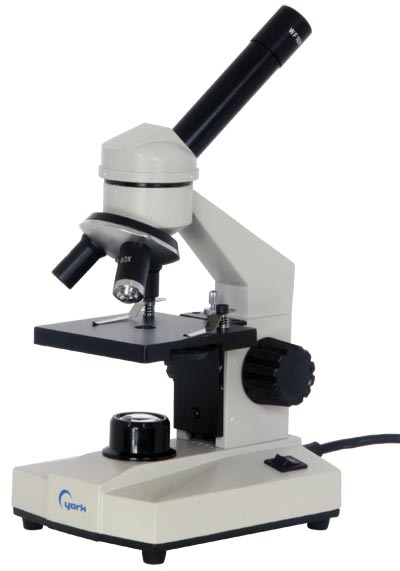 Welcome to our unit on microscopes! We’re going to learn how to use our microscope to make things appear larger so we can study them more easily. Think about all the things that are too small to study just with your naked eyeballs: how many can you name?
Welcome to our unit on microscopes! We’re going to learn how to use our microscope to make things appear larger so we can study them more easily. Think about all the things that are too small to study just with your naked eyeballs: how many can you name?
Let’s start from the inside out – before you haul out your own microscope, we’re going to have a look at what it can do. I’ve already prepared a set of slides for you below. Take out a sheet of paper and jot down your guesses – here’s how you do it:
Please login or register to read the rest of this content.


That view of hair follicles is actually an artist’s rendition showing a microscopic view.
How is the microscope able to show the Hair Follicle?
What are you looking for specifically?
Were do you get these again?
Hi Shannon,
Thanks for writing! I totally understand about wanting to be sure you’ve got the best deal for the investment. I am not familiar with the Science Tech Microscope, so I can’t give a full recommendation for it. The only one I found was here on Amazon:
https://www.amazon.com/Science-Tech-Videoscope-Lab-Microscope/dp/B008ZLTZGQ but it didn’t have any reviews on it.
The only concern I would have in purchasing any microscope under $100 is the quality of the optics is not going to be great, and will actually cause more trouble because poor optics are frustrating to use and more often than not, discourage kids from using the tool and sometimes can even turn kids off from science altogether. This is true not only for microscopes but also for telescopes and binoculars.
For example, this one:
https://www.amazon.com/Edu-Science-Microscope-Light-Projector/dp/B0000D8DTR
is cheaply made, is mostly plastic (which means it’s going to break quickly) and a complete waste of money. You will not see much of anything using this and it’s more of a toy than a tool. Although it may not look like much of a difference between a quality microscope and one you have, there’s a big difference when you come to actually using it. When you get one of the ones I’ve listed below, it’s a tool, not a toy.
I have my recommendation for microscopes here:
https://www.sciencelearningspace2.com/category/unit-16-life-science-part-1/microscopes/microscopes-shop-list/
Expect to pay between $100-300 for a quality scope and equipment you need (slides, tweezers, stain, etc) to go with it. Hope this helps!
I’m pretty overwhelmed trying to determine which would be the better microscope for us.
It appears that the model we have is about the same as the base model Home Science Tools sells, but I’m not certain.
We have a Science Tech Microscope set that says 8x, 25x, 50x objective lens and die cast body. It has a 3 volt, .6 watt regular bulb
It came with a whole set of items, most of which are kind of cheesy…micro data bank, micro slicer, 12 glass slides, 12 cover glasses, 12 blank labels, 12 statistical slide covers, 4 collecting vials, 1` stirring rod, 1 petri dish, 1 scalpel, 1 needle, 1 tweezer, 1`spare bulb, 1 condenser lens cap, 2 graduated cylinders and a manual.
We have tried to use this microscope on several occasions, but it is hard to get the slides lined up properly and get things into focus.
My point of telling you all of the above, is that this particular set runs between $40 and $60. We are really careful with it, so I’m not very concerned with it being damaged….but the base model that Science Tools offers is $116.95.
I don’t know for sure, but it doesn’t appear to be any better than the one we have…and it doesn’t come with much.
Big differences in the ones you suggested and the one we have are:
* the light…ours has a regular bulb that isn’t real bright
* ours runs on batteries
* ours comes in a carry case
I wonder if the electrical engineer I married could change the bulb on our present microscope and that would make it just as good as the base model.
I don’t want to appear cheap, but I don’t like throwing money away. If ours is just as good as the base model, with a simple LED light change, then does it make sense to spend twice as much on a new one?
Thank you again for your speedy response!
Sure thing! Here are the answers:
First row: moth wing, plant cell, spit
Second Row: ant, sneeze, onion skin
Third row: paramecium, respiratory tract tissue, hair follicles
Fourth row: green algae, water flea, pine wood
We’re on a touch screen, so there’s no mouse. Is there another way to get the answers to what the images are?
You should have access to this particular experiment – it’s available to everyone (the one you wrote the comment on). I’ll have my team contact you right away with regard to your account questions. Sorry for the trouble!
Not sure how to use this curriculum when so much is blocked. We have used microscopes a lot in the past and would like to make a microscope or have more…. However, every section says we can’t get more until you decide to send us more??? or unless we pay for the 8-12 curriculum???? Are we suppose to now study something different and then when we have done enough you will send us more? Not sure how to use this curriculum like this. It is frustrating to have everything we pull up say that we can’t use it yet. When can we??? If we have to follow this more like a recipe book it would be helpful to have sample lesson plans or recommendations for a week, month or quarter plan. Please advise.
It’s a shadow, since the bubbles are actually 3D.
why does the spit have black bubbles to the side of it